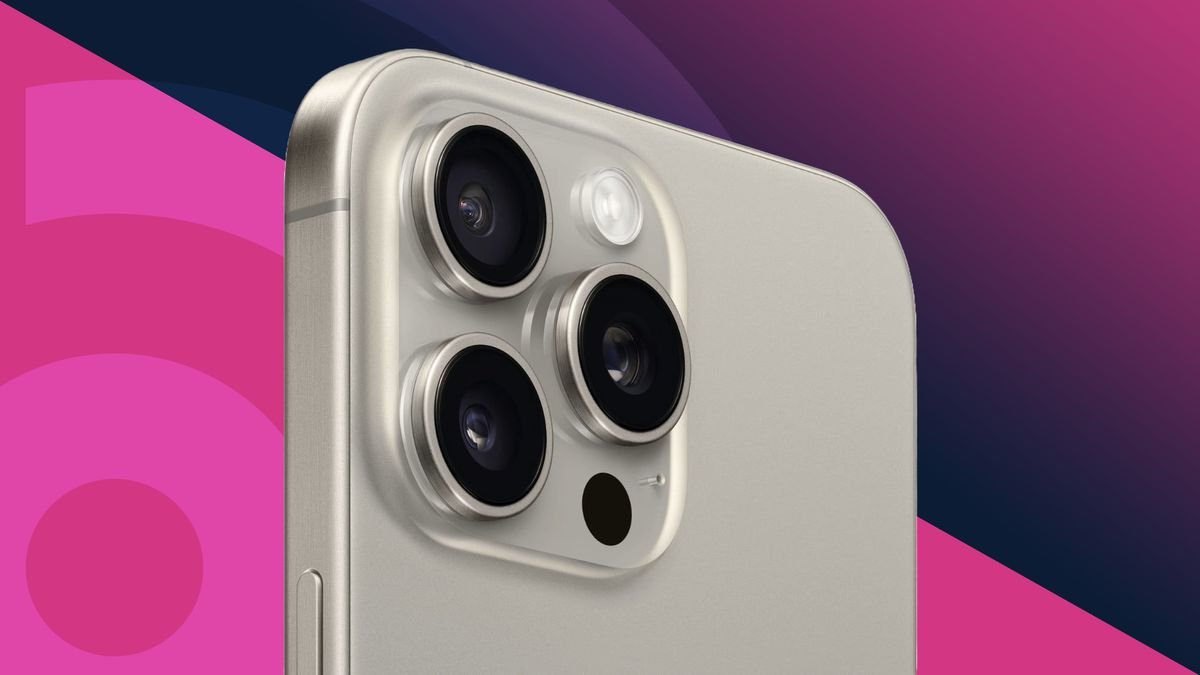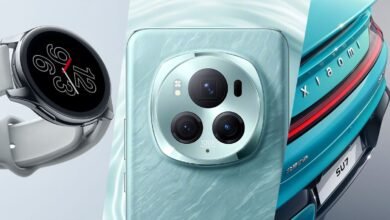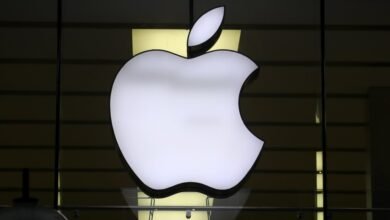The best camera phones of 2024 focus on quality, not specs. Samsung backed away from its 10X zoom camera, Apple kept things simple on the less expensive iPhone models, and Google still relies on AI wizardry to enhance its Pixel lineup. This year isn’t about more megapixels and more zoom, it’s about finding new ways to take better photos.
The best camera phone is like carrying the best cameras with a whole bag full of lenses. That’s why we prefer the Galaxy S24 Ultra. Samsung has made great improvements this year in image quality all around. The spec sheet looks like a step back from last year’s Galaxy S23 Ultra, but trust me, this phone takes higher-quality pics in every situation, even in the long zoom shots.
If you can’t afford the best Samsung phone, there are plenty of inexpensive phones that can take amazing photos. The least expensive phone on our list right now is the Pixel 7a. It lists for only $374 / £329 / $749, and even though it’s been on the market a while, it still produces excellent photos that are perfect for sharing.
Of course we’re not forgetting about Apple and all of the best iPhones. We love the iPhone 15 Pro Max for its quality and range, and its main camera takes photos that rival the best you’ll get from Samsung. It can’t quite match Samsung for versatility in lenses and photo modes, but with a 5X zoom lens it’s coming closer every year.
We’ve got plenty of selections beyond the biggest name brands, including winners like the OnePlus 12. Read more about our favorite smartphone cameras below, but check back soon because we expect this will be an exciting year ahead filled with amazing smartphone photography.
The best camera phone 2024
Why you can trust TechRadar
We spend hours testing every product or service we review, so you can be sure you’re buying the best. Find out more about how we test.
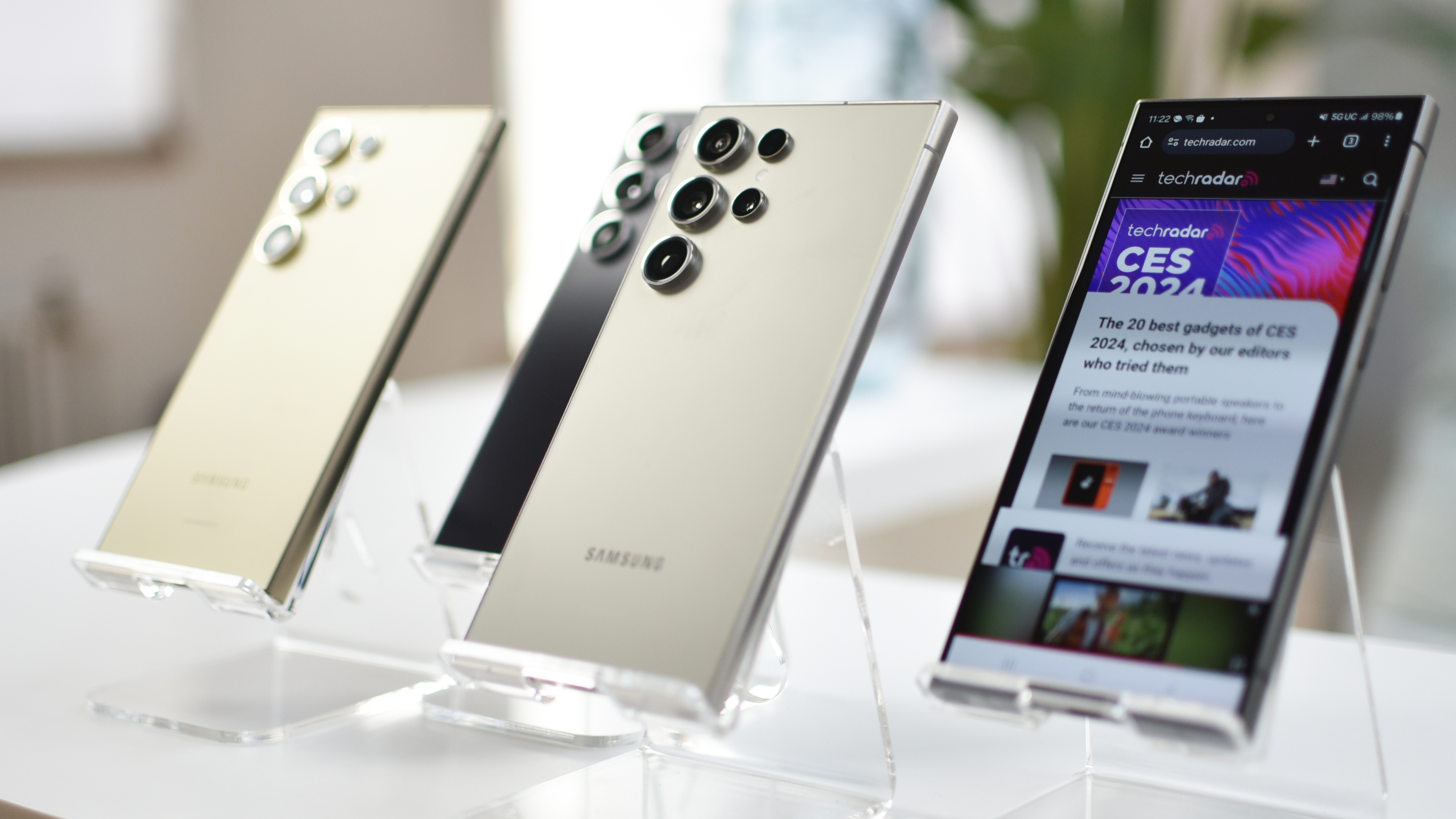
Galaxy S24 Ultra camera samples
The Galaxy S24 Ultra retains the Ultra title as our best camera phone for its versatility, but Samsung has also taken strides to improve image quality all around, making this phone a great choice for every photo situation. Photos from the Galaxy S24 Ultra look more natural than images we’ve taken with past Samsung phones, and even the iPhone 15 Pro could look cold and lifeless by comparison.
The 200MP main sensor is still around, and this time it’s been greatly improved with better color and more dynamic range than before. The blurry background in photos looks more natural than digitized, and the camera was very consistent in its results.
Of course, the big question is whether the 5X zoom camera on the Galaxy S24 Ultra is a downgrade from the 10X zoom on the Galaxy S23 Ultra. While you might not see as many fine details on images from the newest Ultra, the photos are still much better all around. Noise is greatly reduced, and color is improved, which makes most images just look better, even though the zoom isn’t looking as far.
Samsung phones excel in their shooting modes and options, and there are plenty of great choices on the Galaxy S24 Ultra. Food mode will make your food look delicious and not insipid, and Portrait mode does a great job blurring the background behind your subject.
Overall, the Galaxy S24 Ultra is the camera I reach for most often when I need to make every shot count, and I’m not sure what sort of shooting I’ll be doing. It can handle everything, just like it’s predecessor, and it delivers more consistent results than any competitor.
Read our full Samsung Galaxy S24 Ultra review
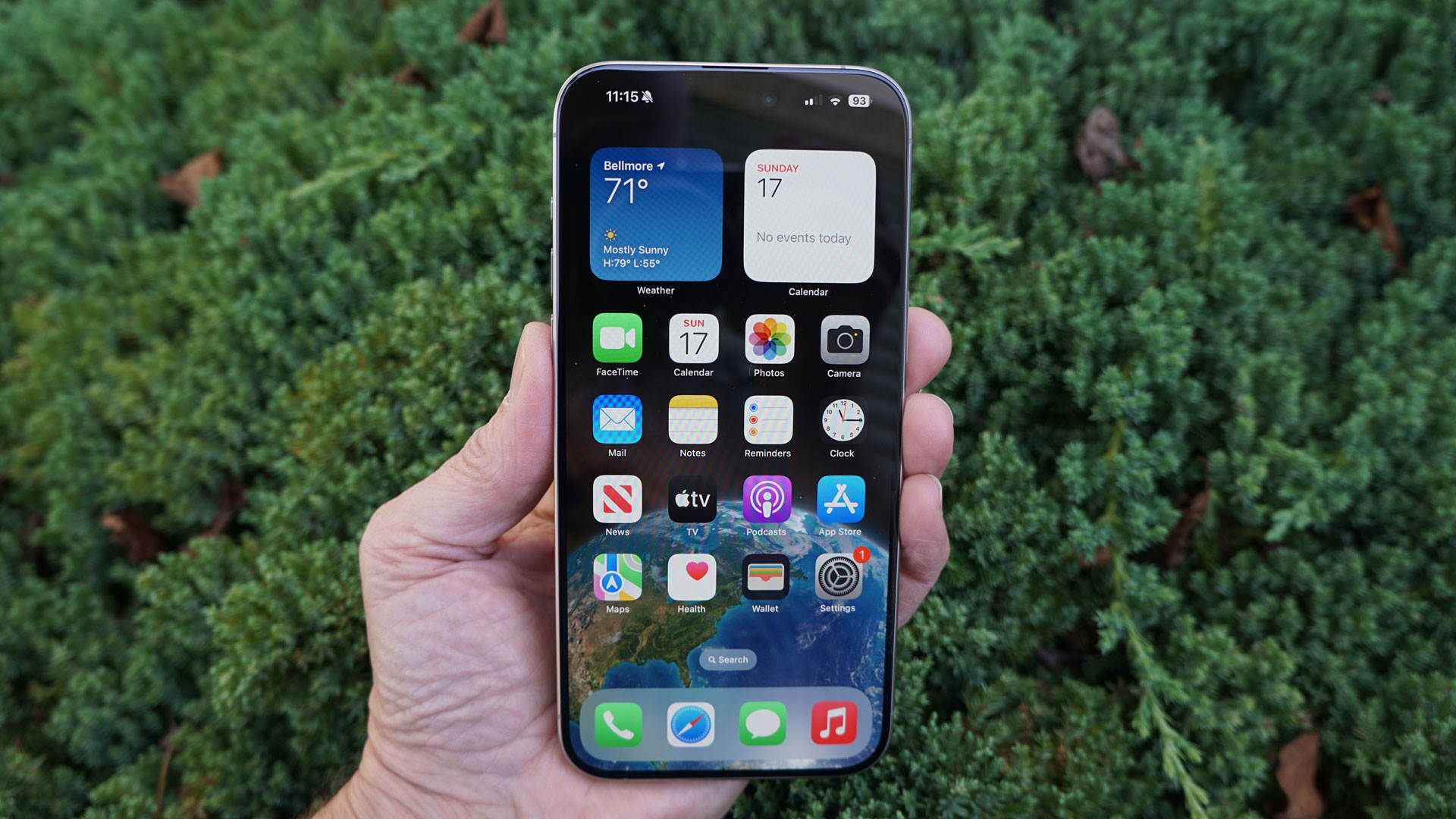
Apple iPhone 15 Pro Max camera samples
This was the year that Apple embraced zoom, with periscope technology that folded lenses and mirrors to give us real, 5X optical zoom on the iPhone 15 Pro Max. Unfortunately, the iPhone 15 Pro got left behind with less range, but that makes the iPhone 15 Pro Max the easier choice if you want the best iPhone camera, hands-down.
The big iPhone 15 Pro Max doesn’t just get superior zoom range, it also uses a 6-axis stabilizer, which can move in any direction to keep the camera steady while you’re taking photos or shooting video. It makes a big difference, especially when you zoom in all the way.
For every type of photography, the iPhone 15 Pro Max is a great improvement over past iPhone cameras, and it holds its own against any other smartphone you can buy. For video recording, the iPhone 15 Pro Max truly excels. It has dynamic range and a level of detail and quality that are unparalleled, especially when you are recording in Apple’s ProRes format at the highest resolution and frame rate.
It may not be quite as versatile as Samsung’s overstuffed Galaxy S23 Ultra, and Apple doesn’t give us all the fun shooting modes in which Samsung indulges, but the iPhone 15 Pro Max is a high quality, reliable camera that can shoot great photos and amazing video in any situation.
Read our full iPhone 15 Pro Max review
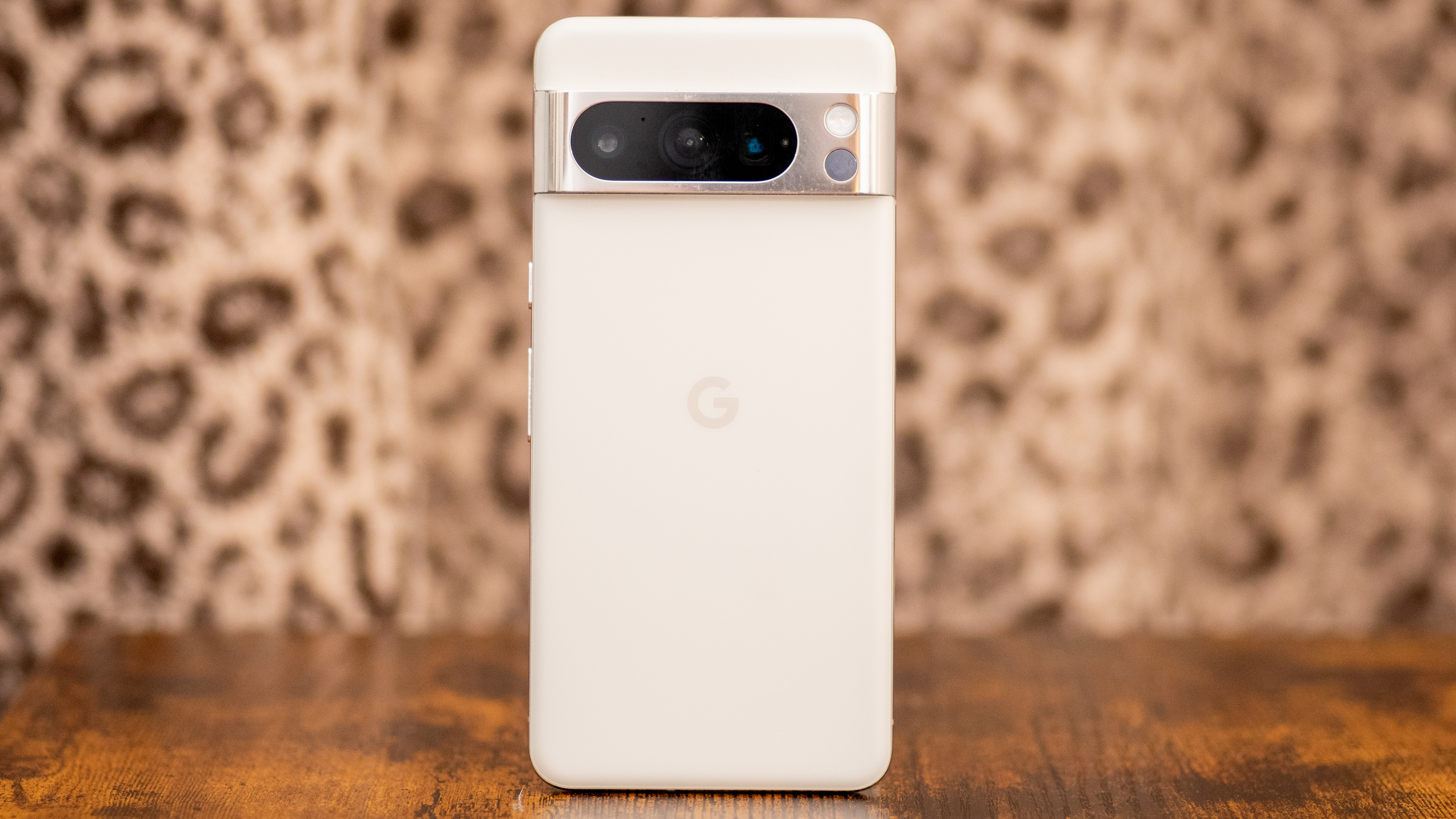
Google Pixel 8 Pro camera samples
The main camera on the Pixel 8 Pro is considerably better than the camera on the Pixel 7 Pro, but the improvements can be hard to explain.
The lens on the camera has a f/1.65 aperture, which is wider than the f/1.9 aperture in last year’s lens, and while the number is lower, a wider aperture is better because it lets in more light, and the improvement is exponential and not linear.
The f/1.65 lens on the Pixel 8 Pro is an amazIng feat, while the f/1.9 aperture on last year’s Pixel 7 Pro was a thoroughly unimpressive spec. See, the numbers are confusing, and it’s just not an easy spec to boast about. The iPhone 15 Pro uses an f/1.8 lens on its main camera, which won’t let as much light through, but of course there are plenty of other factors to consider.
Compared to my iPhone 15 Pro Max, some photos looked better when shot with the Pixel 8 Pro, but others, especially night pics and low-light images, looked better taken with the iPhone. That’s surprising, but there are still some reasons for Google to brag.
Macro photography is better on the Pixel 8 Pro than on the iPhone, and even if you aren’t going for a macro look you can still get closer to your subject with the Pixel. The Pixel 8 Pro also handled food photos much better than the iPhone. That natural look the iPhone tends towards can make dishes look unappetizing in bad lighting. It’s better to have a camera that can do some enhancements.
Once you’ve taken your photos, it’s off to Google Photos to edit them, and Google Photos on the Pixel 8 family is a special app. It has features you won’t find on other Pixel phones, Android phones, iPhones, or even on the desktop.
Read our full Google Pixel 8 Pro review
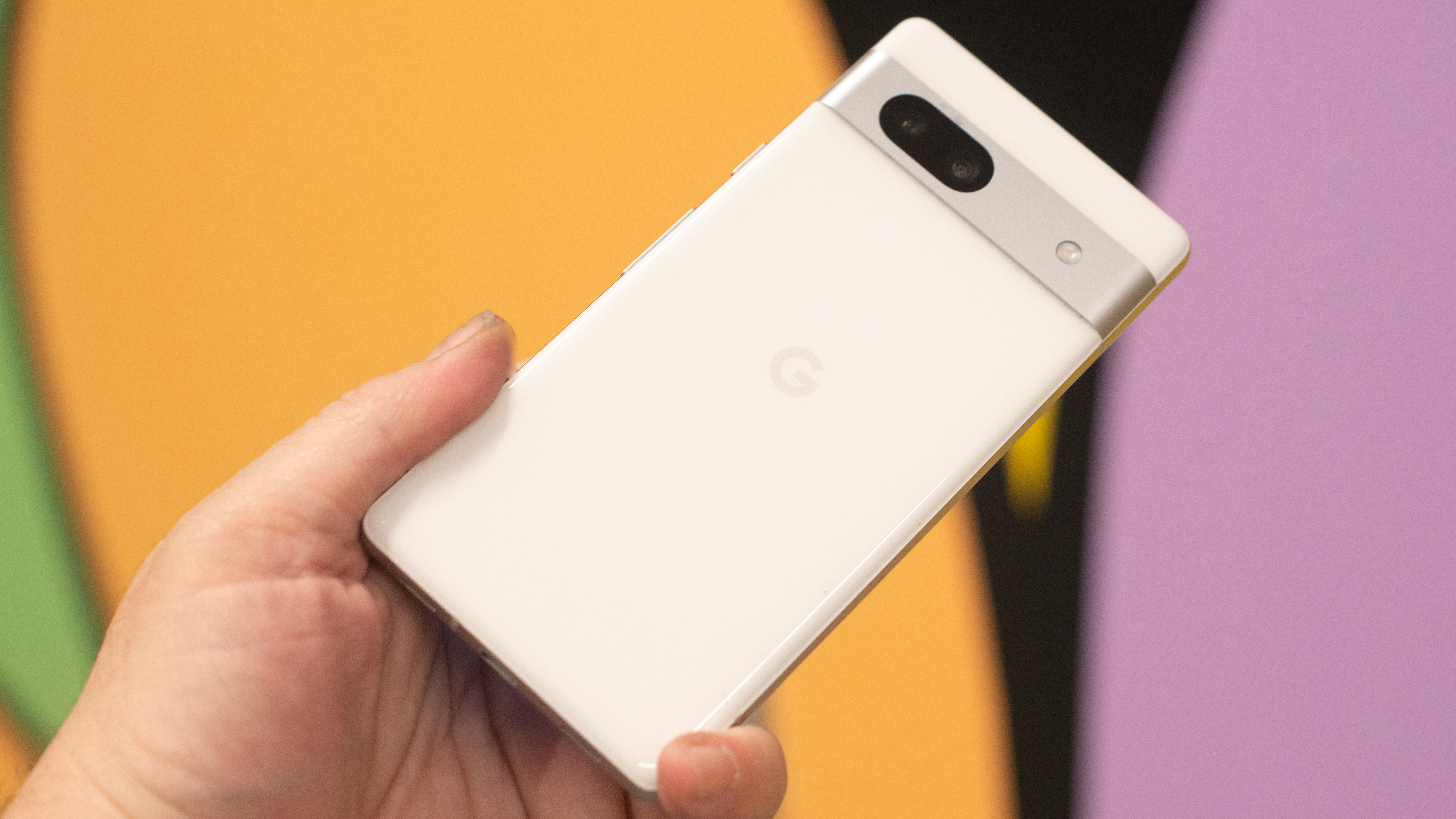
Google Pixel 7a camera samples
Our favorite budget camera last year was the crowd-pleasing Pixel 6a, but 2023’s Pixel 7a was a huge upgrade for Google’s bargain phone, especially in the camera. The Pixel 7a doesn’t just pack more pixels, it has a much larger sensor than before, which means photos have more detail and look better even when there is less light.
For special tricks, the Pixel 7a gets a long-exposure mode that the Pixel 6a doesn’t have. I enjoy shooting long exposures, as you can get some cool effects if you spot the right opportunity.
The real magic happens in Google Photos, which gets special tools on Google Pixel phones with Tensor chips inside. There aren’t any new editing features found on the Pixel 7a that we haven’t seen before, but it isn’t missing anything, and these are the best and easiest on-device editing tools you’ll find on a phone, short of an Adobe Creative Suite subscription.
You can even fix old photos that you didn’t take with the Pixel 7a, as long as they are uploaded to Google Photos. These photography tricks are one of the Pixels’ biggest selling points.
Read our full Google Pixel 7a review
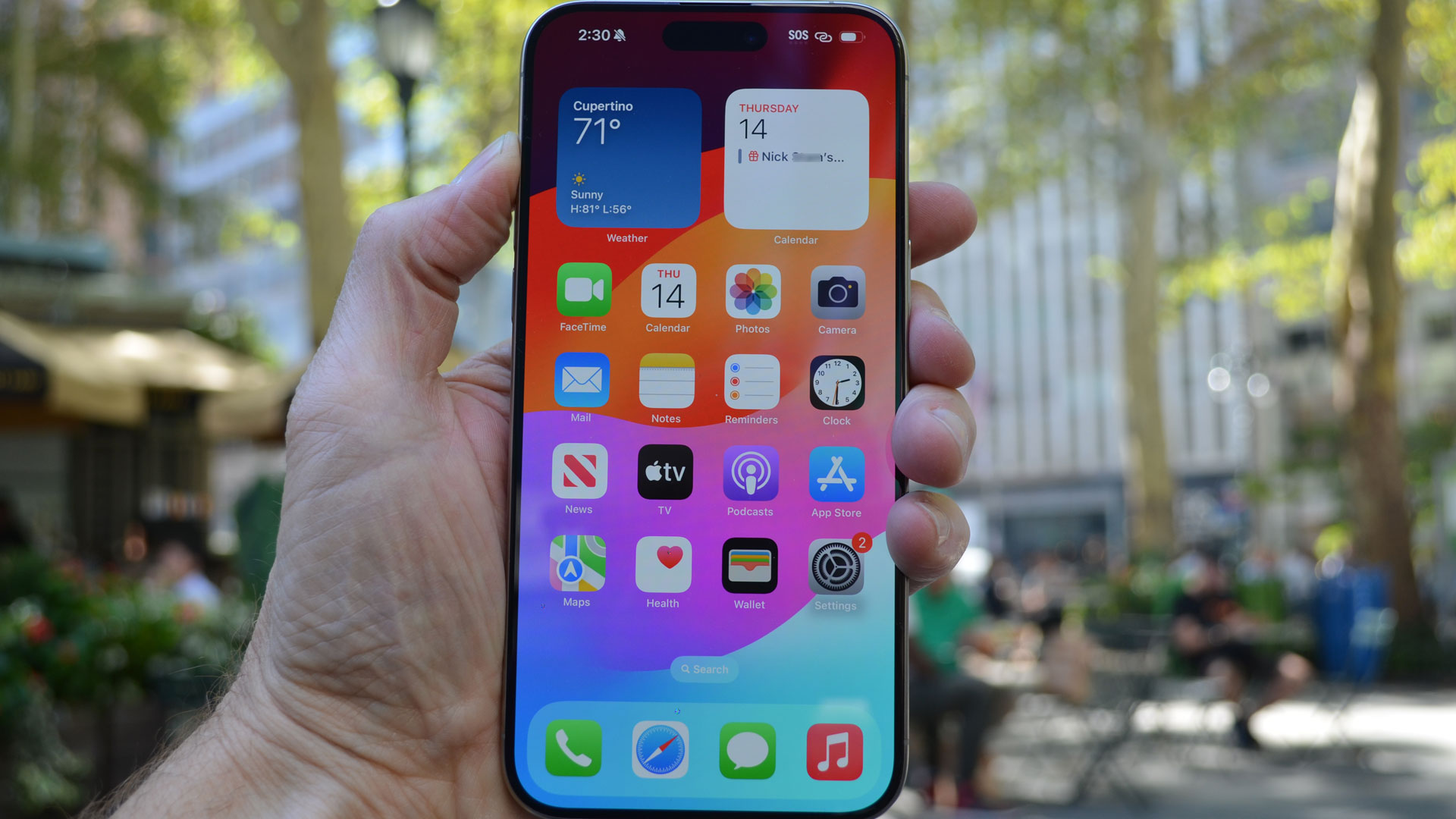
Apple iPhone 15 camera samples
There are still just two lenses on the back of the iPhone 15, but they are not the same pair as you found on the iPhone 14. Okay, the 12MP ultrawide is basically the same, but the main camera is now the same 48MP lens that you’ll find on the iPhone 14 Pro. That’s not the same sensor as the larger one that now resides inside the iPhone 15 Pro and iPhone 15 Pro Max, mind.
Even so, this is a significant upgrade from the iPhone 14’s 12MP main camera, and all of the cameras are backed by the last-gen A16 Bionic and an upgraded image pipeline technology (photonic engine and computational photography) that affords a few cool, new photography features.
Video quality is still excellent and you can shoot up to 4K 60 fps. You’ll enjoy shooting in Cinematic mode, which lets you add a short focus effect to all your videos and choose which subject or object you want to focus on while you shoot. If you didn’t like your initial choice, you can always edit and select a different focus subject.
Low-light photography is good and the 12MP TrueDepth lens is an excellent selfie camera. Plus, you can transform virtually any selfie into portrait mode with a tap.
This is unquestionably the best set of cameras we have ever seen on an iPhone base model. They’re not as good as those on the iPhone 15 Pro Max, and they lack both stronger telephoto and macro capabilities. If you want that, you’ll pay more, but for the price, this is all you should want or need in an iPhone that doesn’t have “Pro” in its name.
Read our full iPhone 15 review
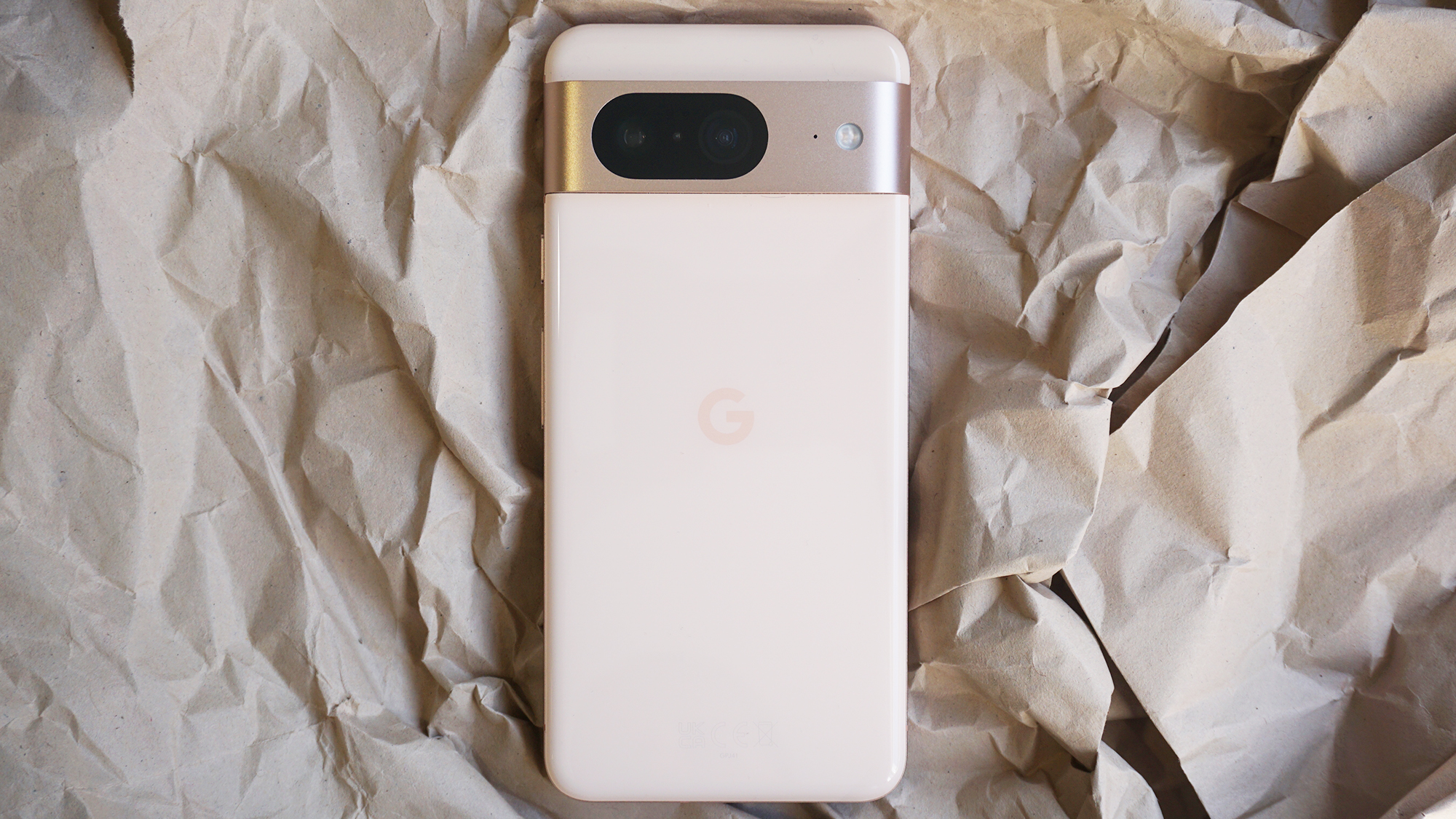
Google Pixel 8 camera samples
The Pixel 8 may not have the longer zoom and larger sensor of the Pixel 8 Pro, but this is still an excellent camera phone in its own right. The main 50MP sensor has a wider aperture than that of its predecessors, meaning more light and thus better-quality shots in more challenging conditions. The ultra-wide, meanwhile, now offers autofocus, unlocking the macro shooting mode that was only found on the Pixel 7 Pro, last year.
A reworked camera UI makes it easier to jump between the phone’s various still and video capture modes, and with the backing of that new Tensor G3 chipset and impressive new AI capabilities, Google is blurring the lines between photography and photo manipulation on the Pixel 8, something that’s best demonstrated by the new Magic Editor.Like the Pro, the Pixel 8 also enjoys an outstanding seven years of software updates, making this impressively-priced affordable flagship even better value.
Google’s image processing brings photos to life, even before you lean on any additional AI enhancement. Low-light shooting offers better color accuracy and exposure, presumably thanks to that wider aperture, while edge detection around elements like hair in portrait mode shots is impressive too.
Consistency with regards to color, dynamic range and contrast between the main and ultra-wide sensors is closer than expected, even in low light, making this a more dependable set of cameras than on the likes of Samsung’s Galaxy S23 handsets. The peak 8x Super Res Zoom seriously impressed too, retaining far more detail than expected, and producing some great shots that almost made us forget about the Pro’s 5x telephoto… almost.
Read our full Google Pixel 8 review
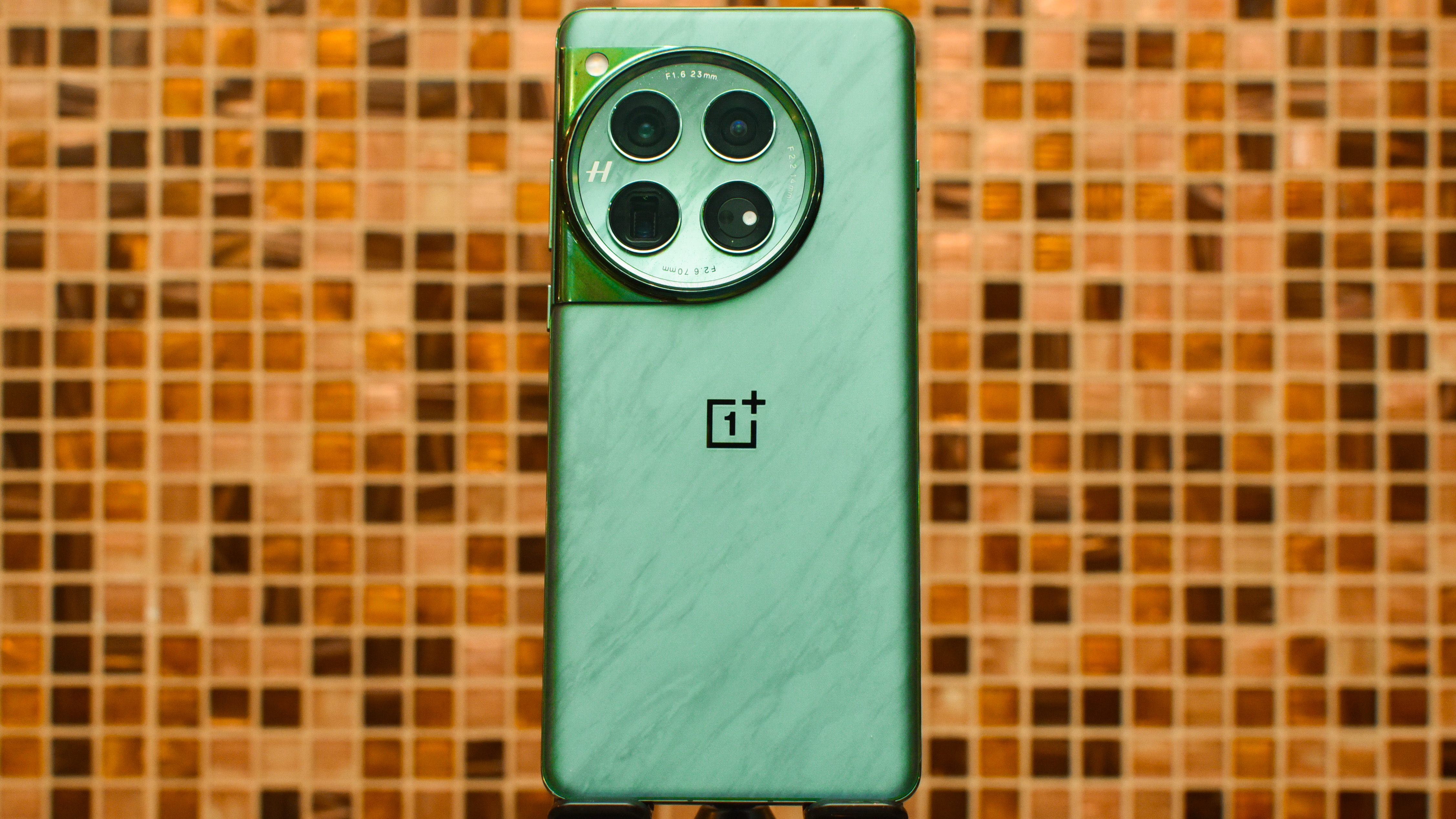
OnePlus 12 camera samples
The OnePlus 12’s camera system caters to a specific breed of photographer, evoking the spirit of Hasselblad, those revered optics wielded by astronauts in the vast expanse of space. OnePlus has unapologetically embraced this aesthetic, and it permeates every pixel of their latest phones.
However, let’s set expectations straight: if you’re pining for jaw-dropping telephoto shots or extreme close-up macro photography, the OnePlus 12 might not be your ticket. Its longest lens merely stretches to 3x magnification, a far cry from the 5x lens gracing Samsung’s Galaxy S24 Ultra.
Where the OnePlus 12 truly shines is in the realm of portrait and landscape photography. Its photos exude a richness and naturalness that elude both the iPhone and Pixel. While Apple and Google chase accuracy and stark reality, the OnePlus 12 channels the soul of a bona fide prime photography lens, inviting you to capture moments with an artistic flair that transcends mere documentation.
Read our full OnePlus 12 review
The camera on the Oppo Find X5 Pro is both one of its strong suits and one of its weak suits, as it depends on which lens you’re using. The main 50MP f/1.7 snapper is superb, as is the 50MP f/2.2 ultra-wide one. Both cameras are capable of taking bright, detailed, colorful pictures. But switch to the 13MP f/2.4 telephoto camera and things go downhill, with its 2x optical zoom being dwarfed by most rivals.
Still, if you’re not overly interested in zoom shots then the Oppo Find X5 Pro comes highly recommended for photo fiends, and it’s helped out by its MariSilicon X neural processing chip, and by the company’s collaboration with camera brand Hasselblad.
This collaboration brings tweaks to Pro photography mode, and also a dedicated XPan mode that recreates the experience of using Hasselblad’s cult classic camera. You can also record video with excellent stabilization at 1080p, or without that perk at 4K, and there’s a capable 32MP selfie camera on the front.
Overall, this isn’t quite the most comprehensive or versatile camera setup you’ll find on a phone, but for most photo types and even for video, the Oppo Find X5 Pro does an exceptional job. If Oppo wants to compete with Samsung or Apple in those top spots though, it’ll need a better zoom solution in the future.
Read our full Oppo Find X5 Pro review
How we test camera phones
We have fully reviewed all of the best camera phones on this list, testing all of the camera and video capabilities under a wide variety of lighting and motion conditions.
We test cameras in bright outdoor light and dark indoor light, and every lighting condition in between. We test in mixed lighting environments, as well as under studio lighting conditions. We test the zoom capabilities, portrait photography, and macro shooting for close up images.
We test cameras by using multiple camera phones at the same time and comparing the images side-by-side. For each review, we compare the cameras to other phones in the same price range, as well as to other phones from which interested buyers may be switching.
We test video recording under the same conditions. We also test the special shooting modes, including Hyperlapse and Slow-Mo, and any other included modes that may be of interest. If photo editing tools are a highlight, we also test the included photo editing tools.
What should I look for when buying a camera phone?
When choosing a camera phone, you should consider the types of photo you want to take. If you take are taking a lot of sports photos of kids or professionals, or you enjoy nature photography, then a long zoom would help. If you take mostly portraits and photos with friends, then a good all-around camera is better. The best camera phones can be expensive, but we also have bargain options if budget is a major concern.
Which phone has the best camera?
The best camera phone is the Galaxy S24 Ultra, because it has many cameras with versatile options. The Galaxy S24 Ultra is the best combination of cameras, but the main camera on the Apple iPhone 15 Pro Max, for instance, may produce better images under certain conditions.
Source link
